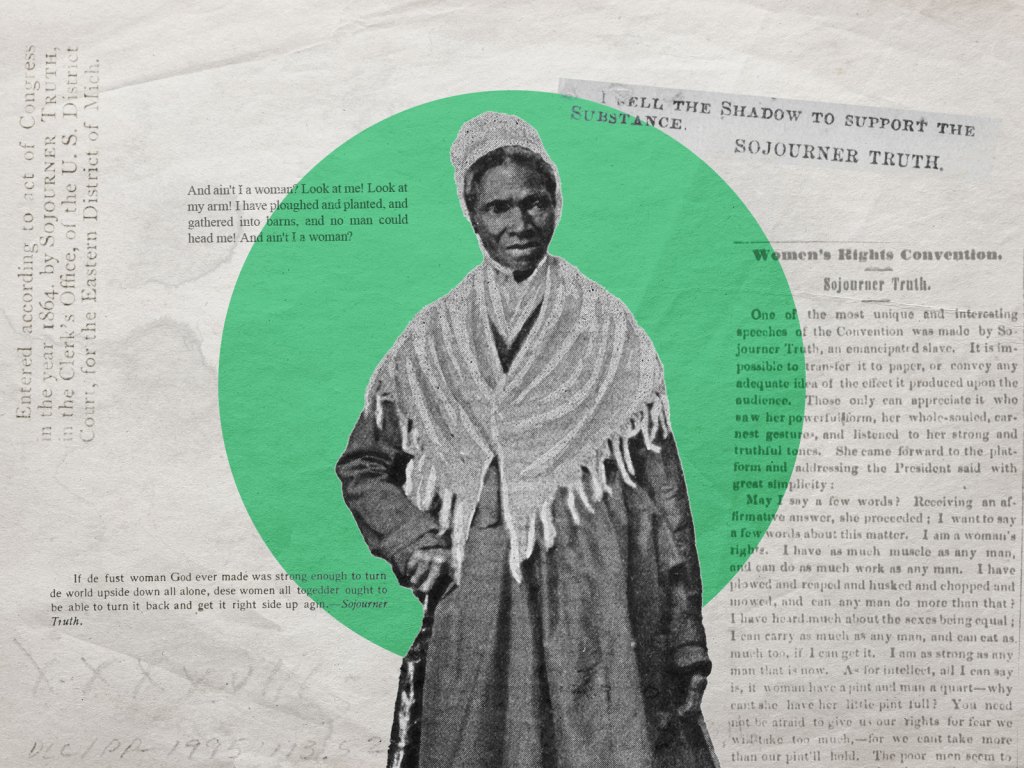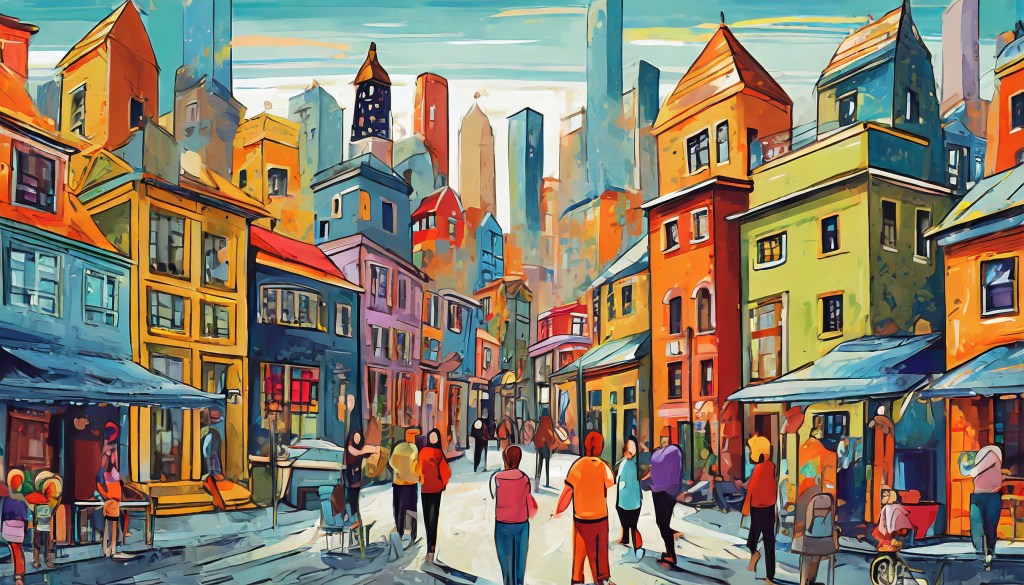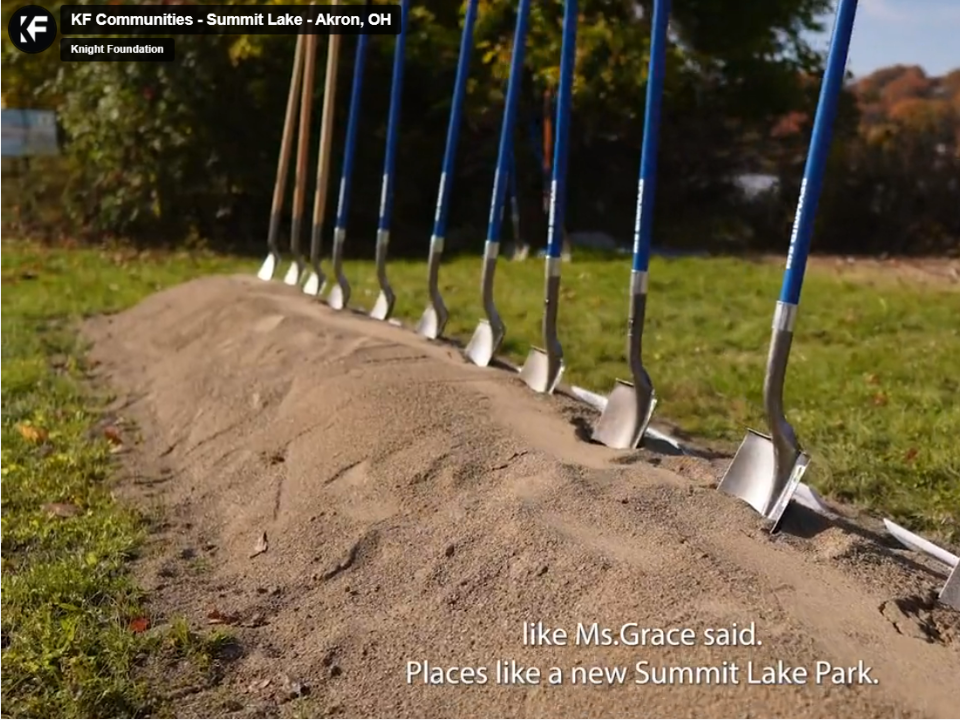
Social networks in 2015: How will we connect for the common good?
Arthur Goyette knows the value of good neighbors. While his wife Betty was battling cancer, they brought countless meals to the Goyette home. When the neighbors learned that Betty had always wanted to ride in a convertible, they surprised the family with a loaned Chrysler Sebring. The couple drove down the block with the top down, surrounded by people waving and taking pictures.
Arthur marvels that he might never have met these people f it weren’t for the Front Porch Forum, an online network of neighbors.
The forum is a great example of how digital media and technology are changing how we connect to information and each other. The way we engage in public dialogue, coordinate, solve problems—all of it is shifting.
Networks themselves are as old as humanity, used by activists from Mahatma Ghandi to the Tea Party to impact society. Today, though, technology is enabling networks to emerge in new ways.
So Knight Foundation and Monitor Institute set out to look at the impact on communities, and ask, what do these emerging networks mean for community change? And, how can funders leverage them for good?
The result is our new report, Connected Citizens: The Power, Peril and Potential of Networks. Through more than 70 examples, we found networked communities pushing for open government, banding together to care for the elderly, enlisting volunteer coders to make online aid maps for earthquake ravaged Haiti, and more.
We also identified five promising trends, or ways people are using networks for social action. We hope funders will keep an eye on them. The practices include using the network to crowdsource ideas and listen to new perspectives, and “designing for serendipity,” or creating environments – in person and online – where connections can take shape.
Serendipity isn’t necessarily in funders’ DNA, as Knight Foundation Vice President Trabian Shorters notes. Yet serendipitous spaces have been fertile ground for innovation.
The report does raise some flags about the future though, offering a cautionary look at how society may change as a result of the evolving way people connect. In fact, we projected ahead to 2015, and offered several scenarios. Will neighbors be uber-connected and gathering to improve their communities? Or will people grow more distrustful, worried about their privacy and retreating into their own foxholes? Only time will tell if either, or both, come to pass.
Whatever happens, it is clear that networks are a growing part of our ever-complex communities. It’s up to all of us to figure out the best ways to use their potential for good.
We’d love to hear about your experiences with networks.
Download the report and join us for a webinar conversation at 2 p.m. EDT on April 20th (sign up and more info here) or leave a comment below.
– Mayur Patel, Knight Foundation, and Diana Scearce, Monitor Institute
Recent Content
-
Community Impactarticle ·
-
Community Impactarticle ·
-
Community Impactarticle ·


